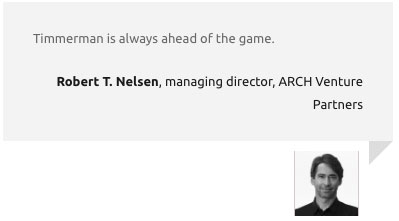Get In-depth Biotech Coverage with Timmerman Report.
22
Jul
2025
Avalyn Pharma Gets $100M to Deliver Inhalable Pulmonary Fibrosis Drugs
Please subscribe and tell your friends why it’s worthwhile. Quality journalism costs money. When you subscribe to Timmerman Report at $199 per year, you reward quality independent biotech reporting, and encourage more.





































